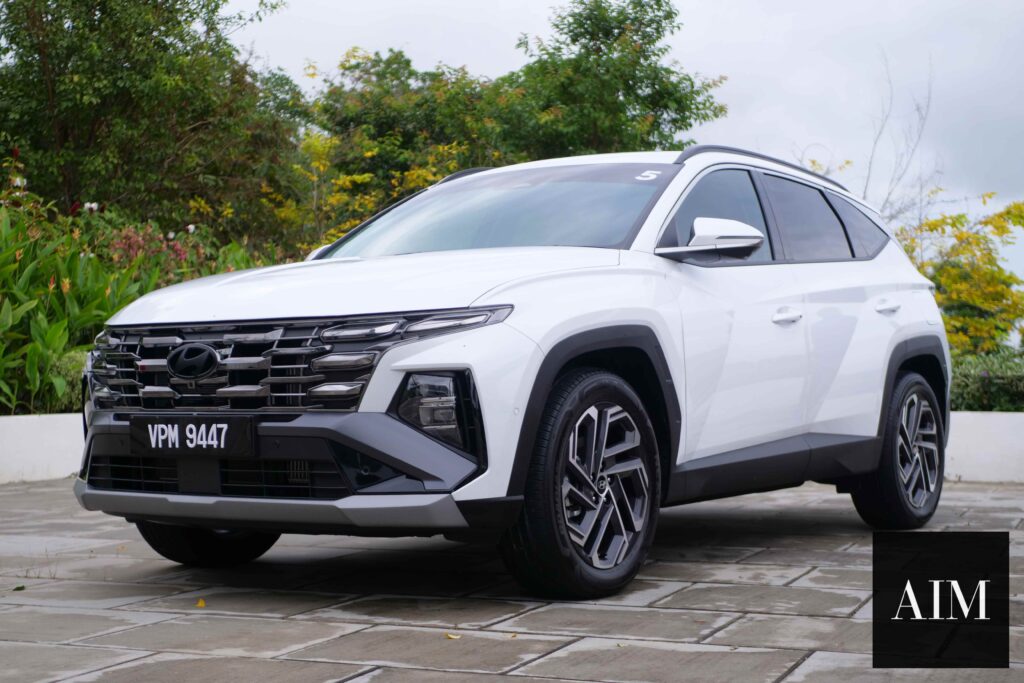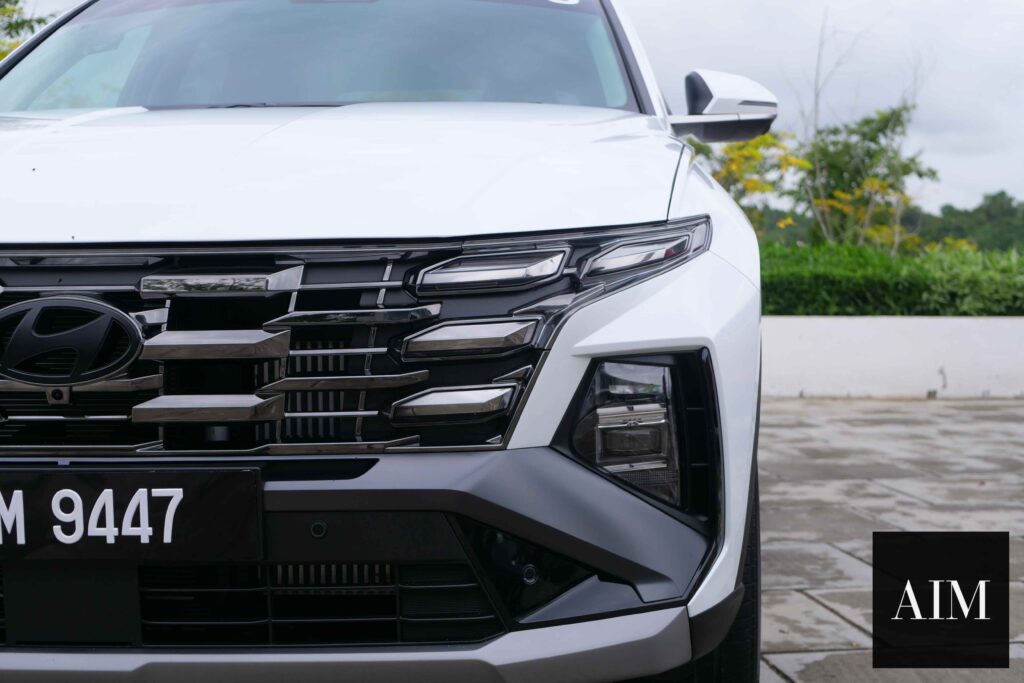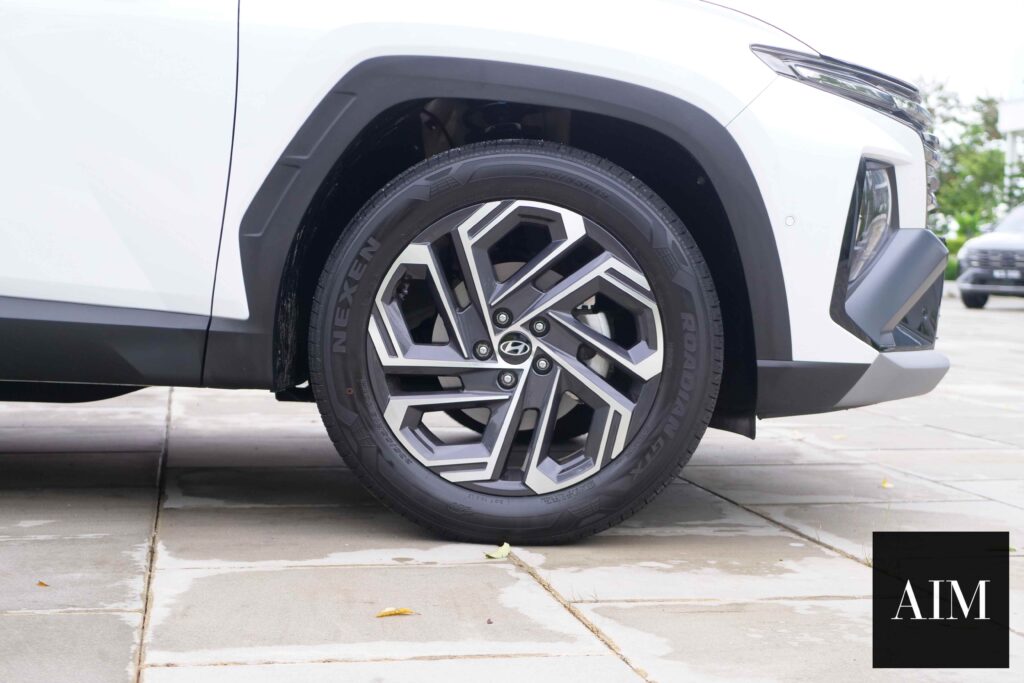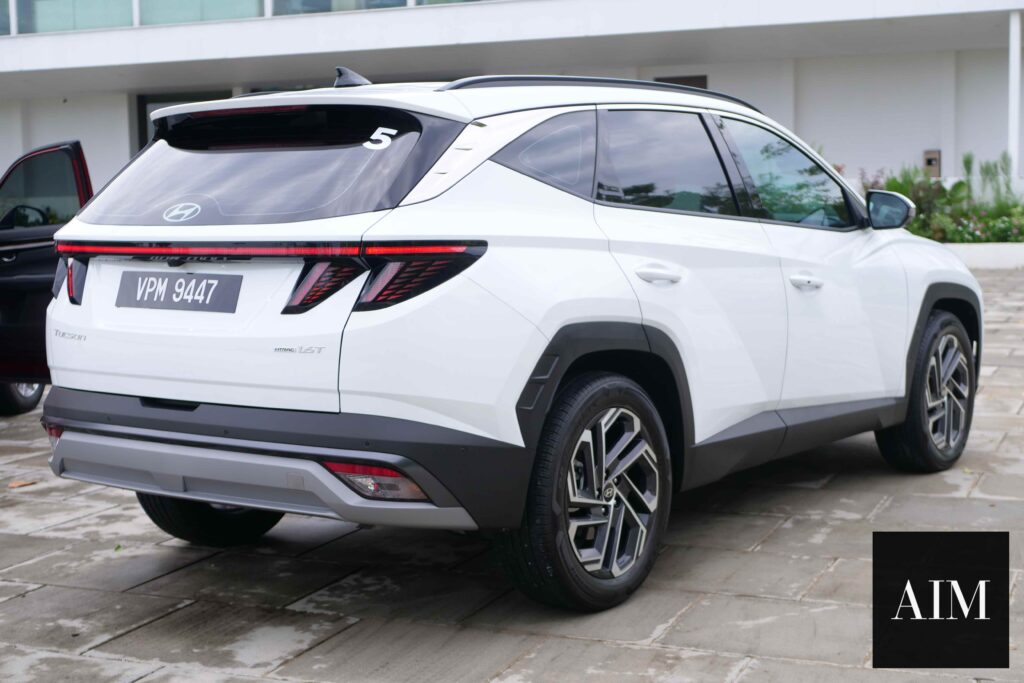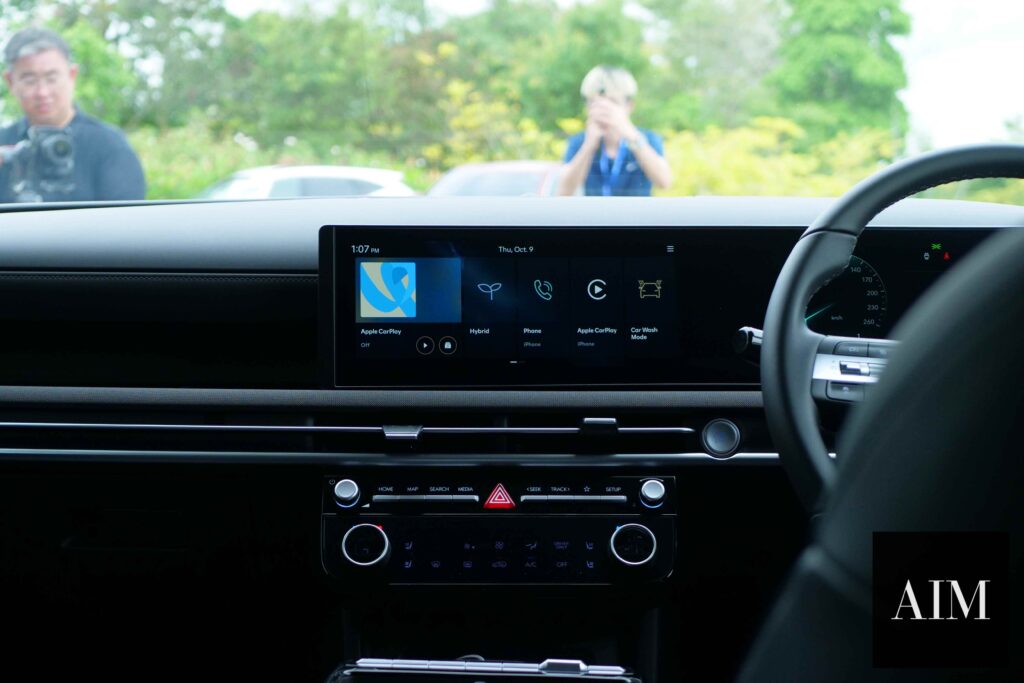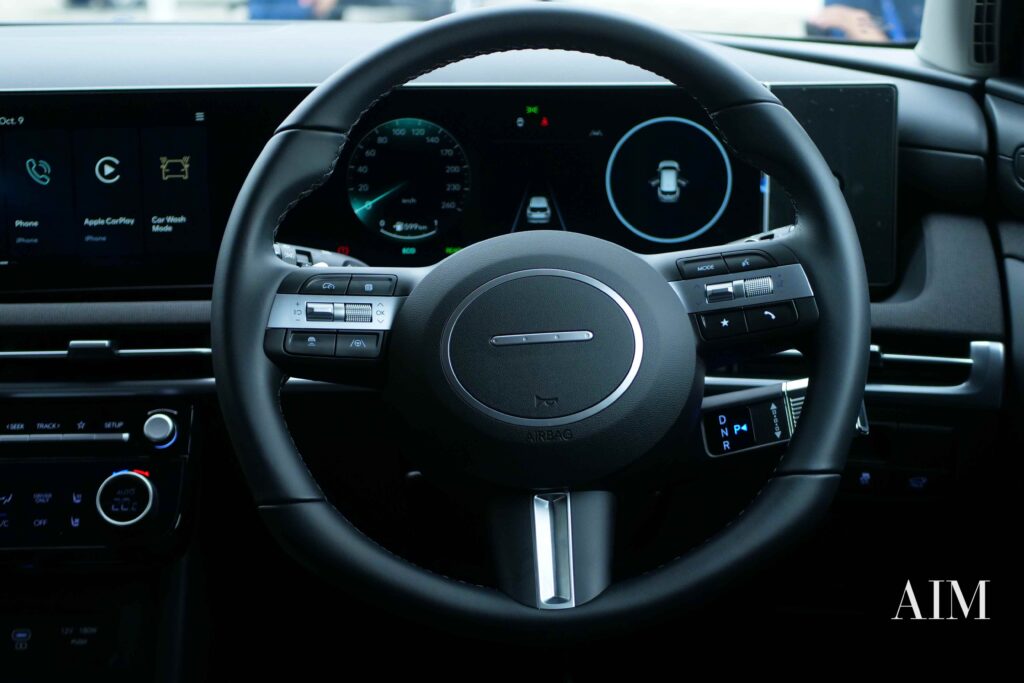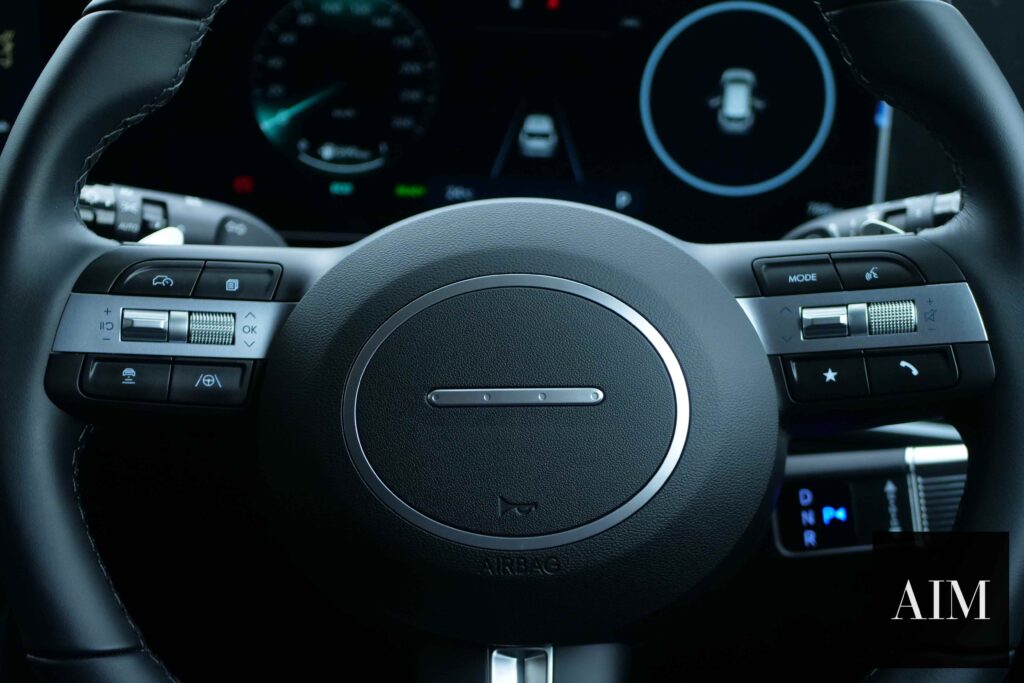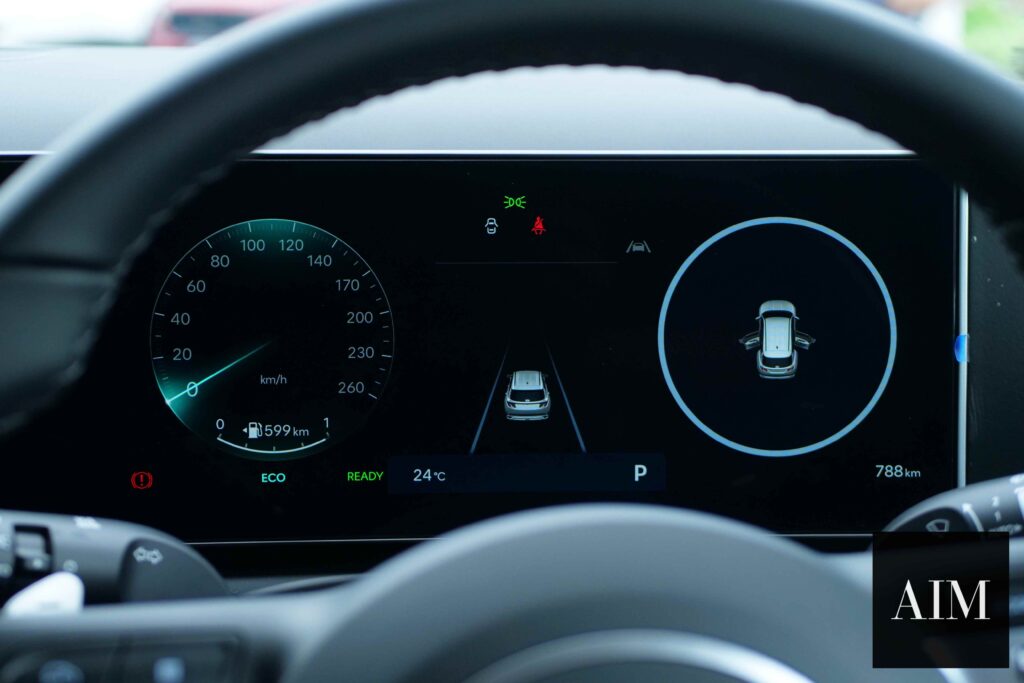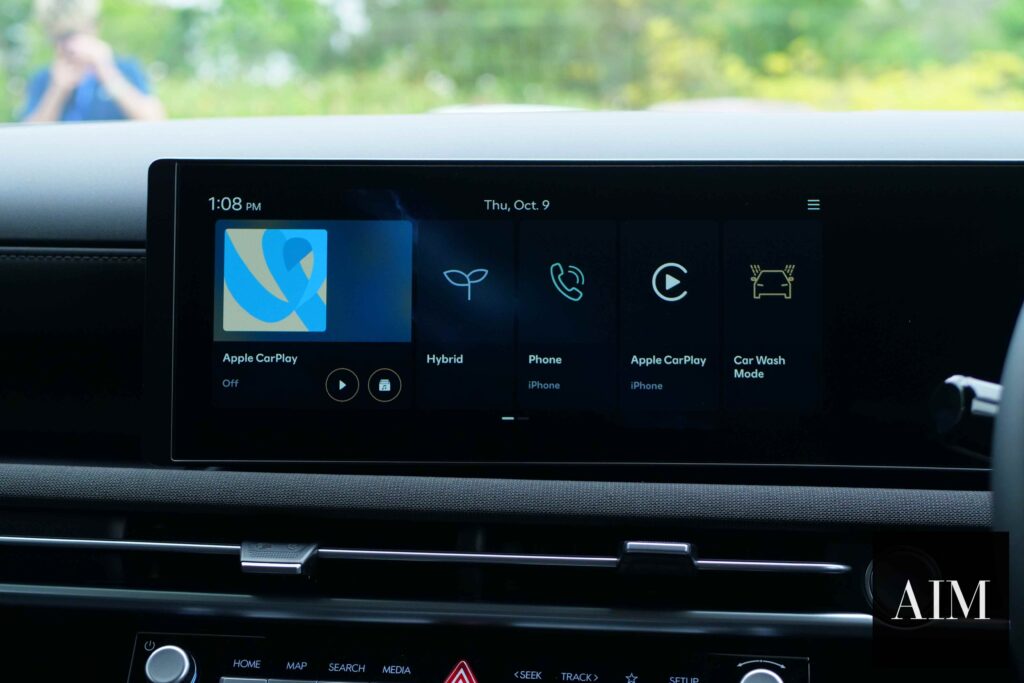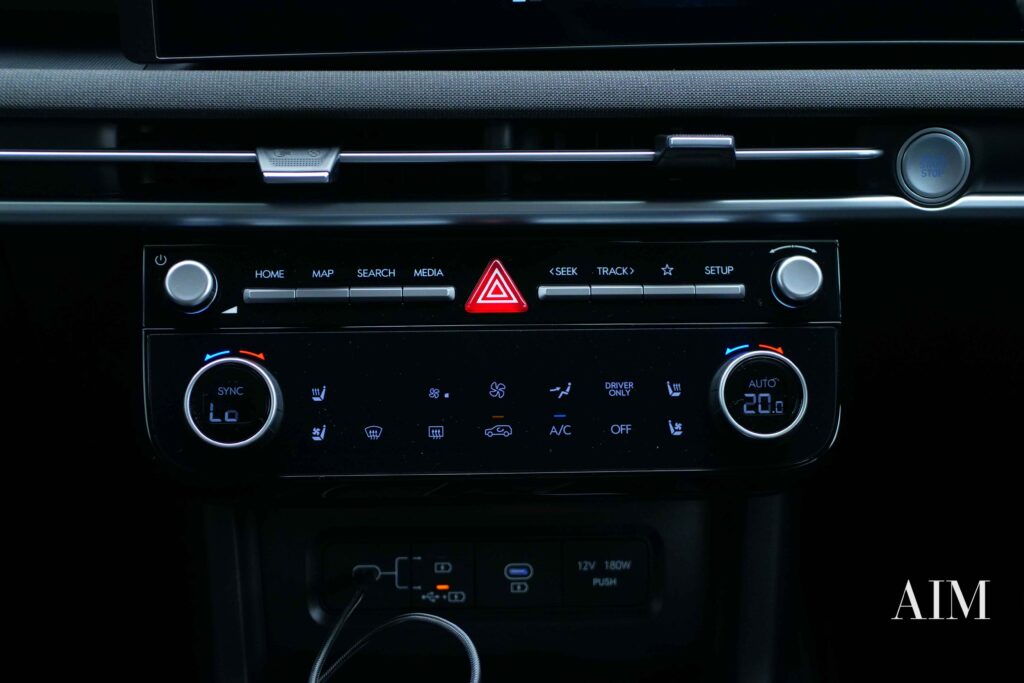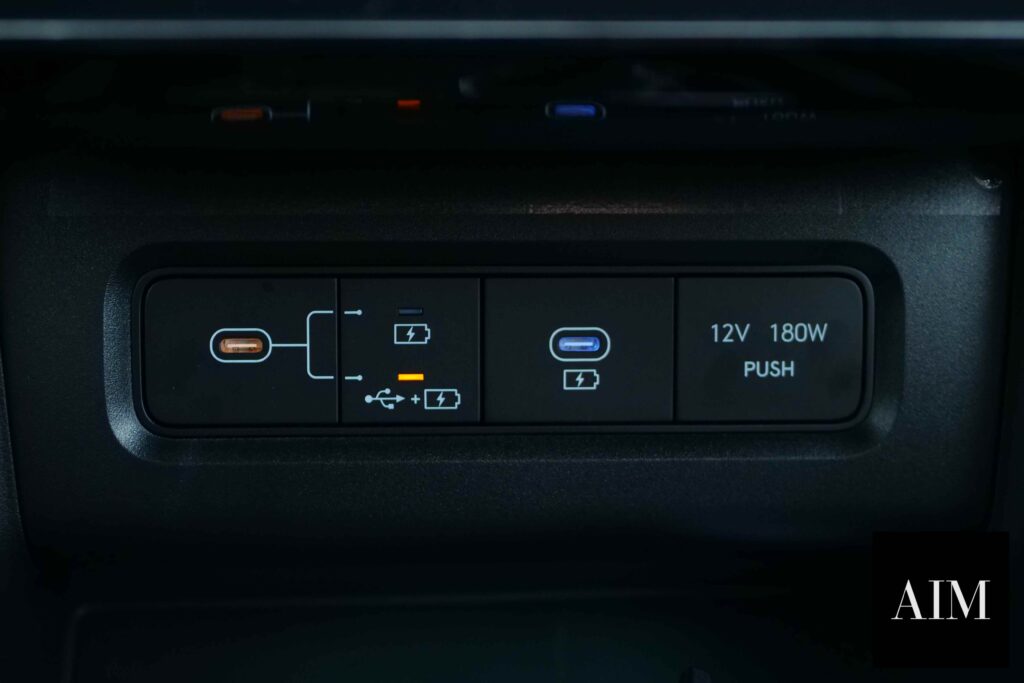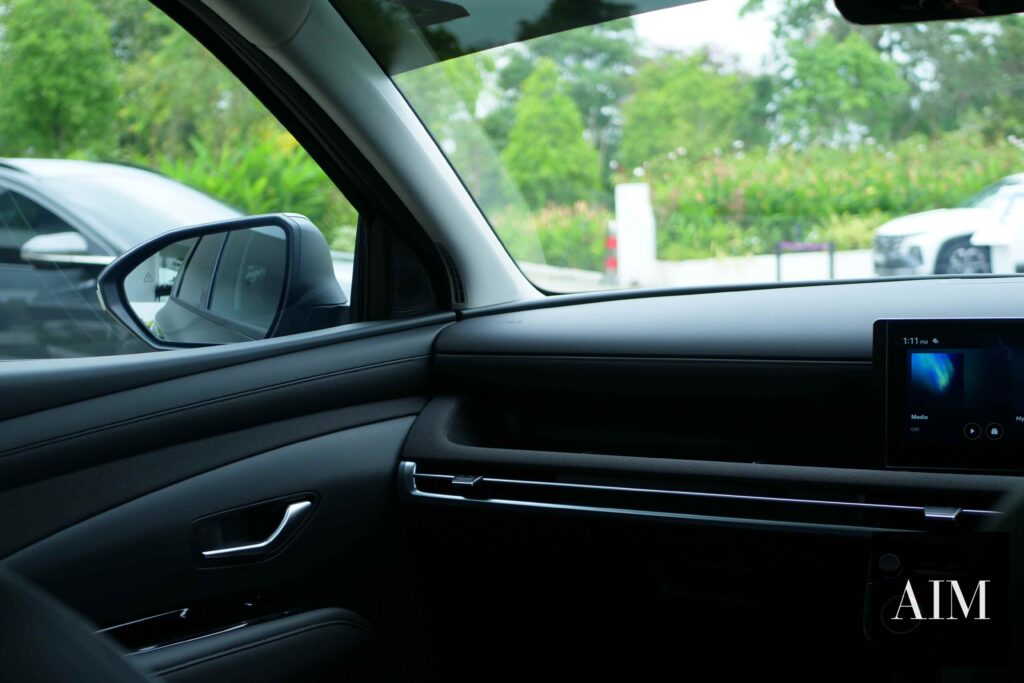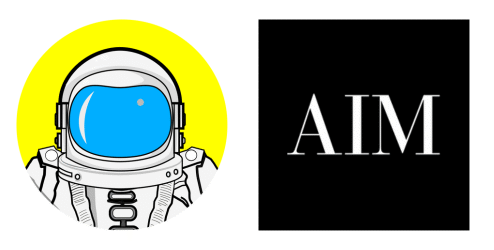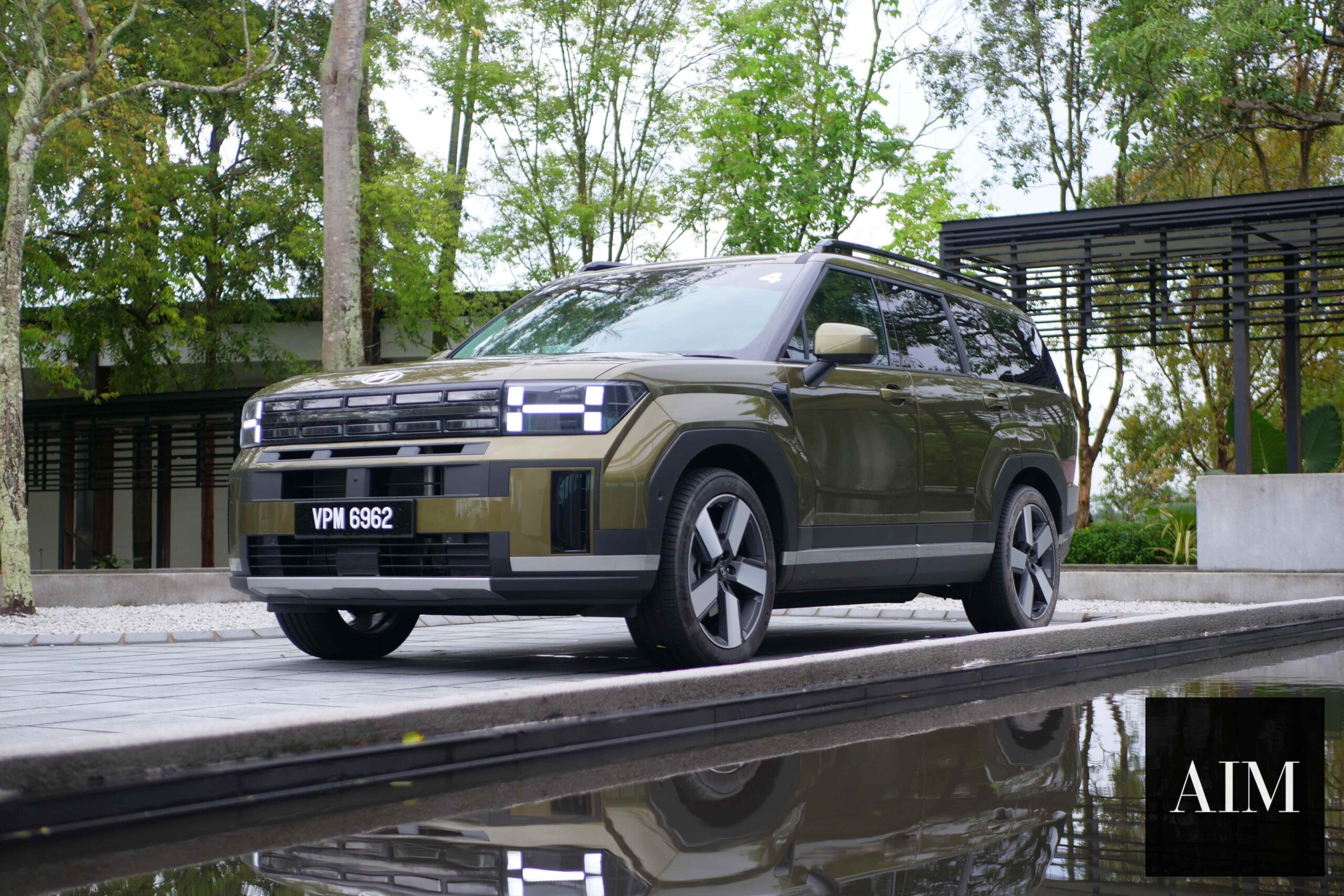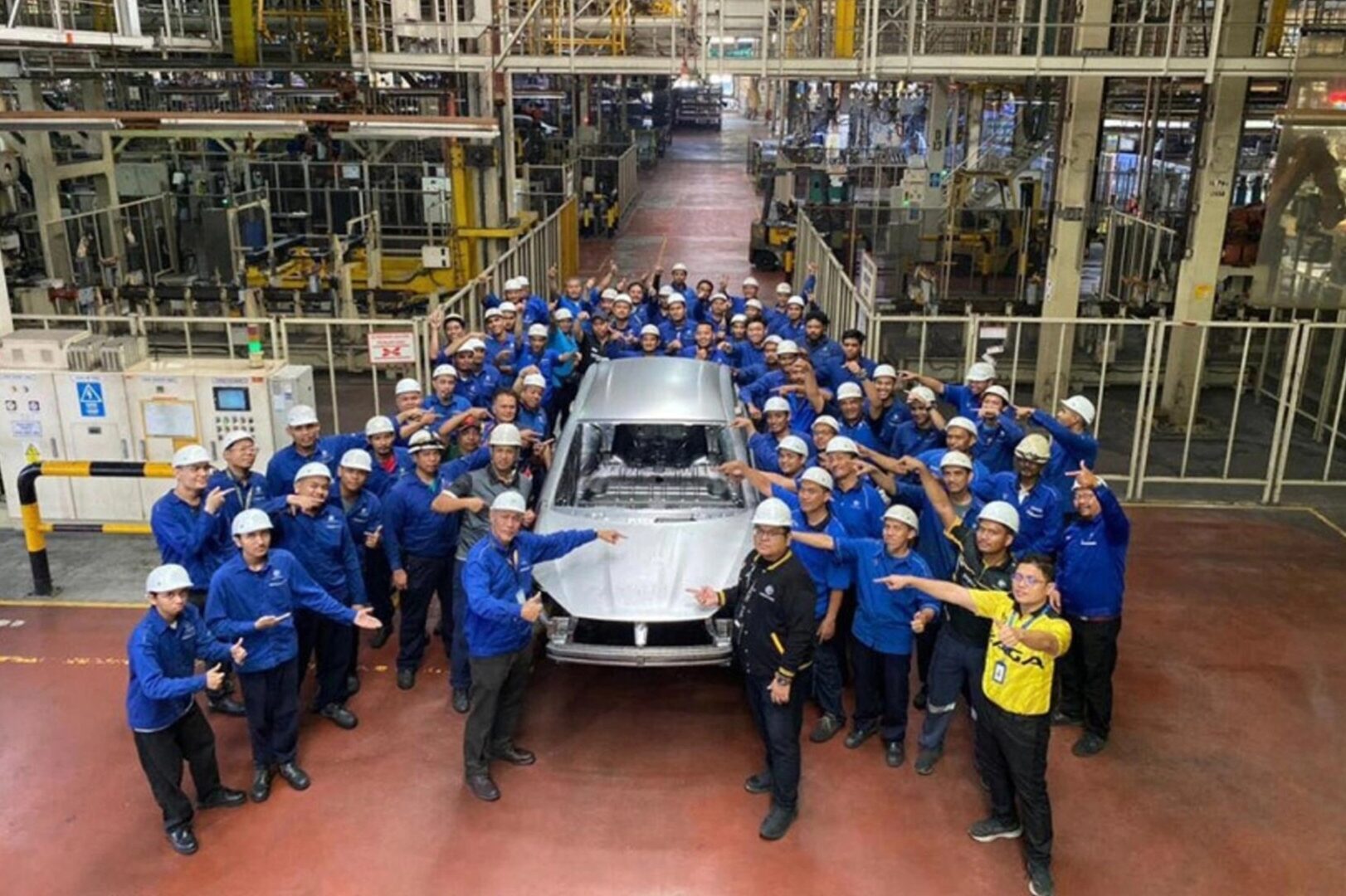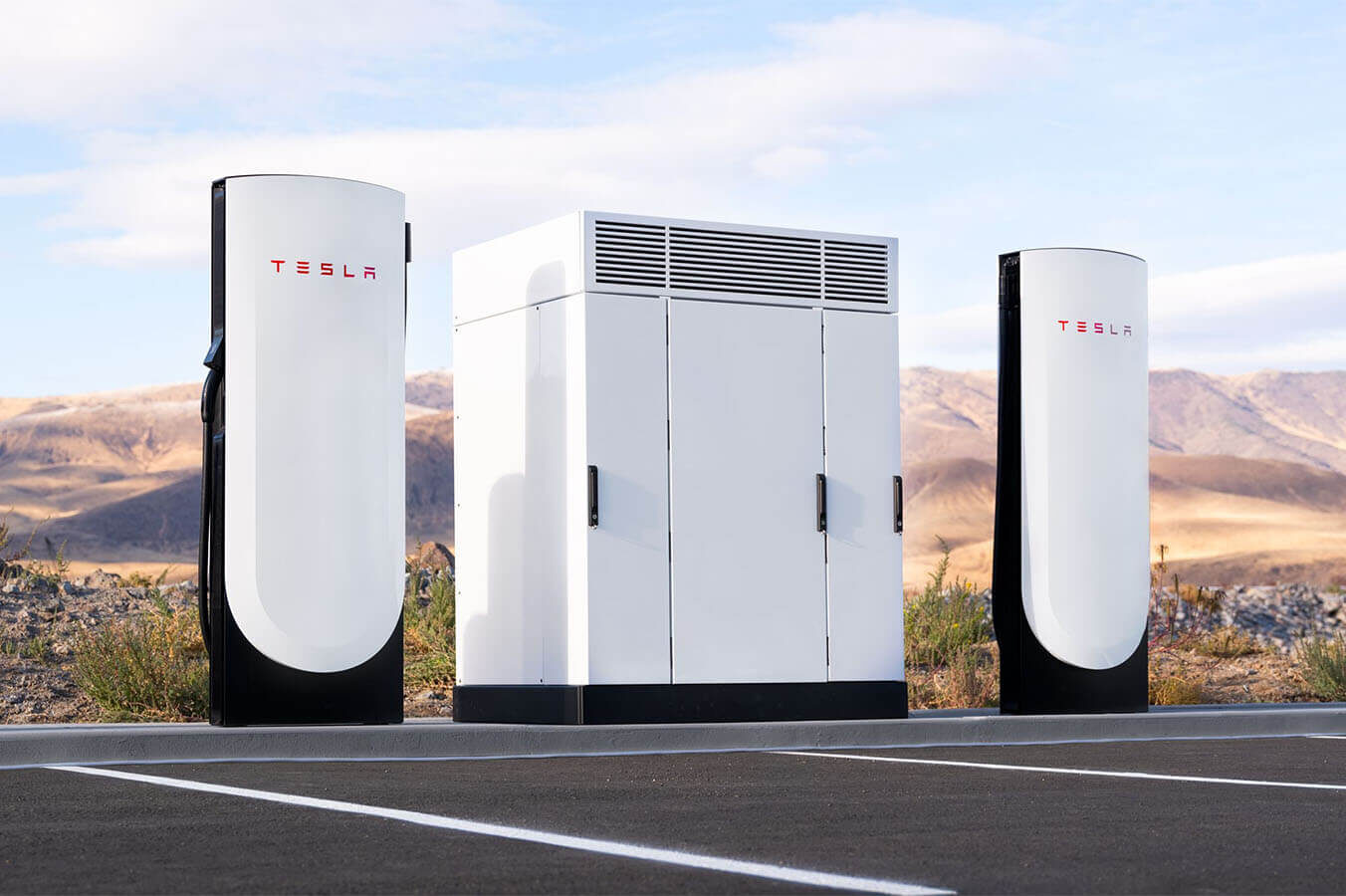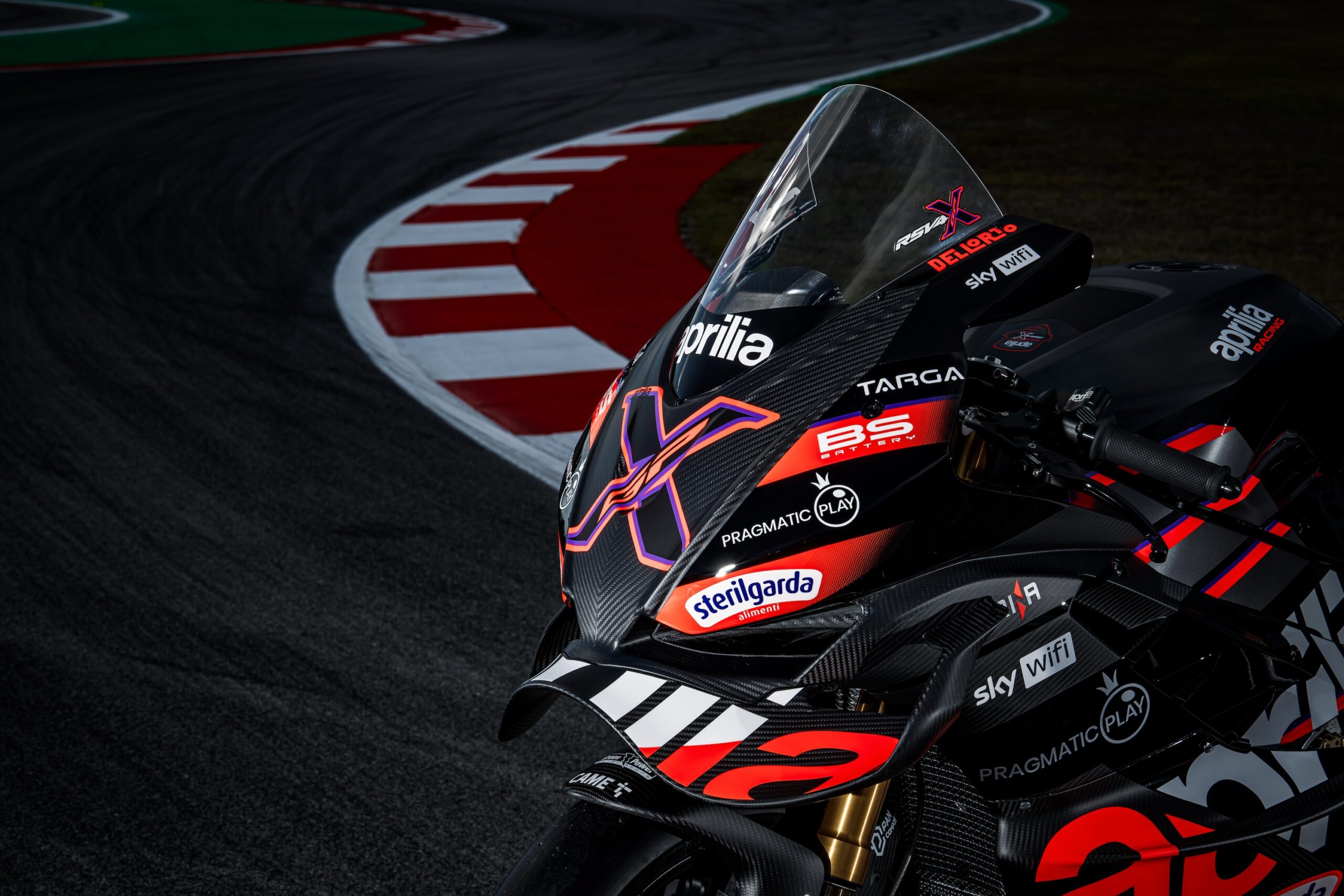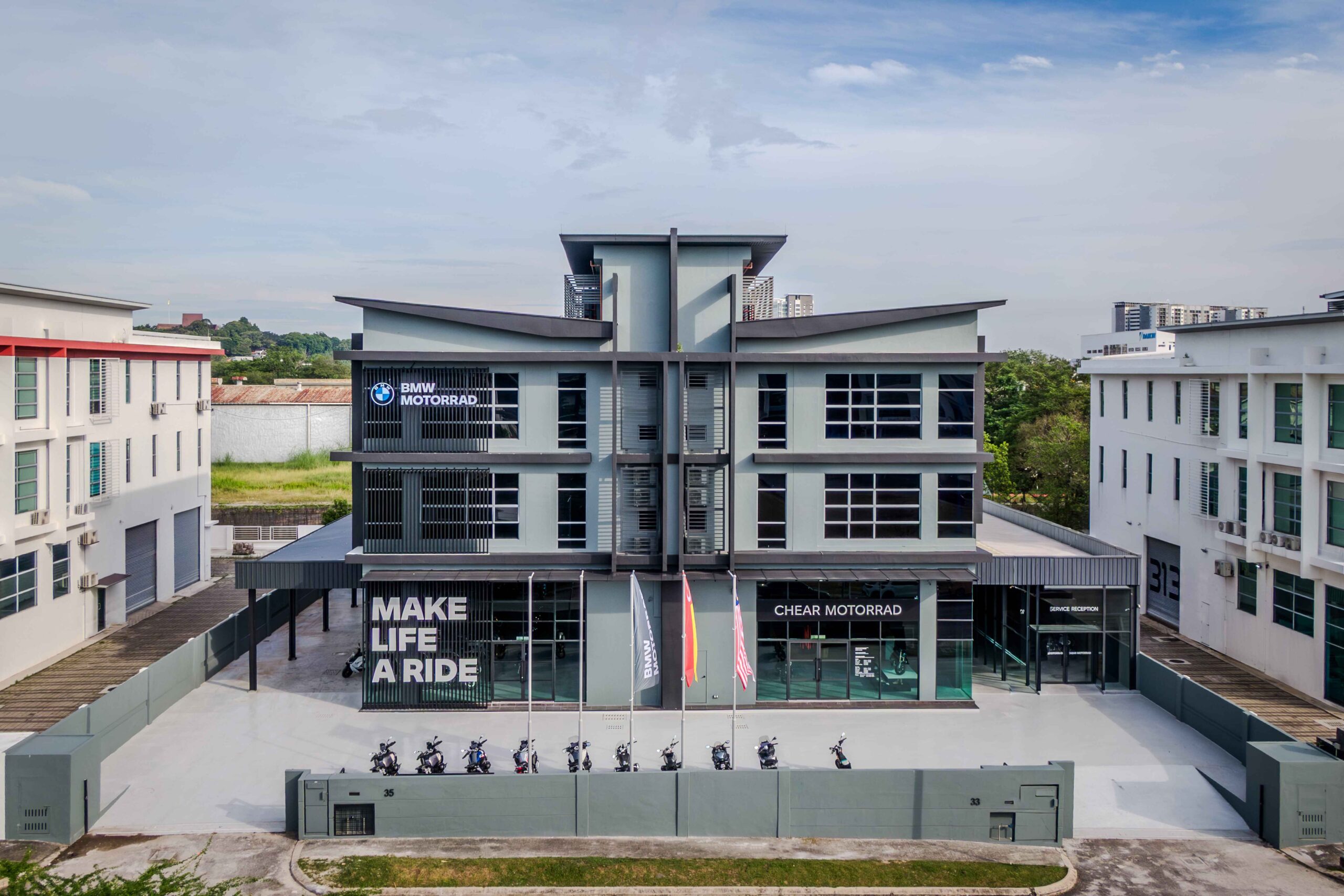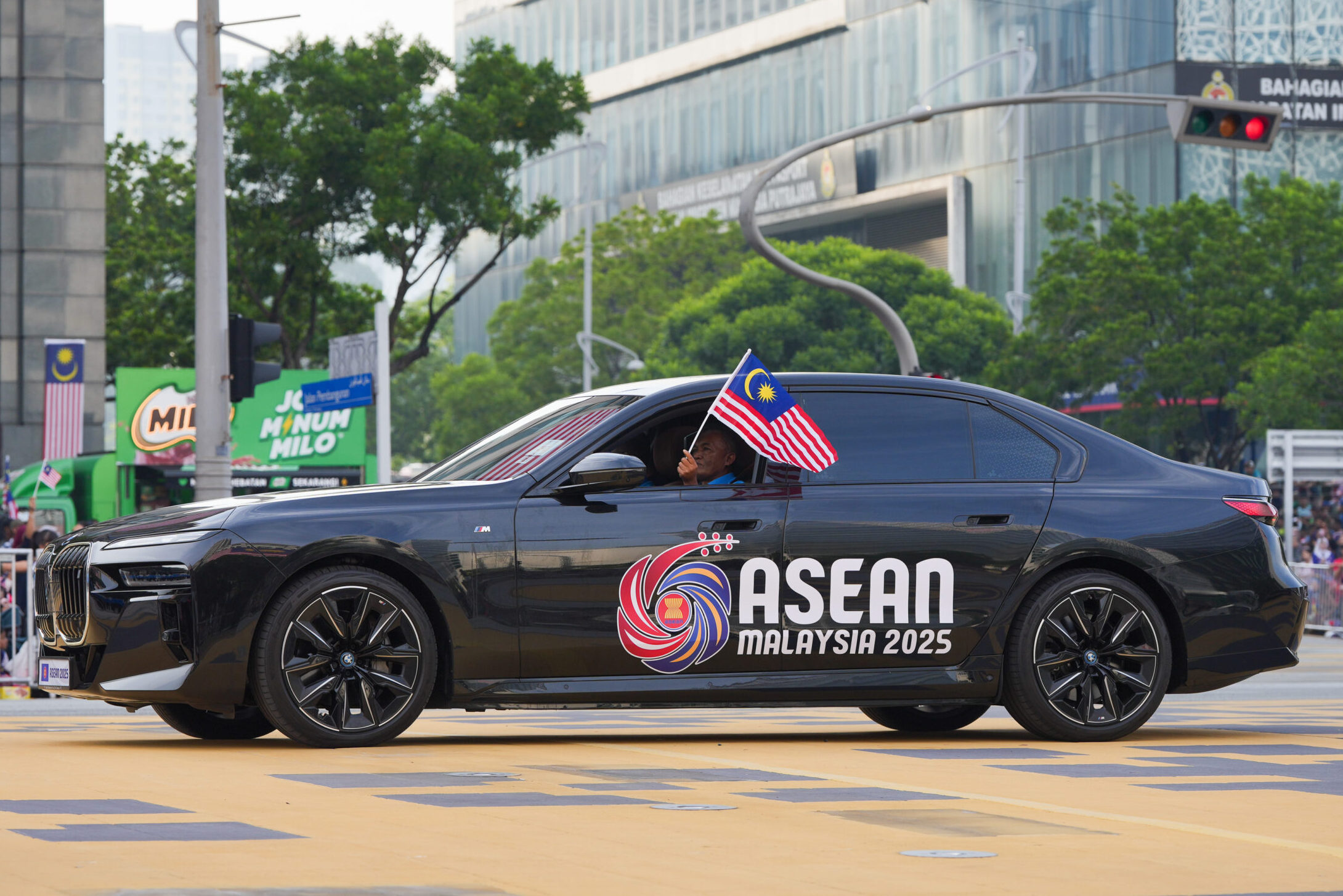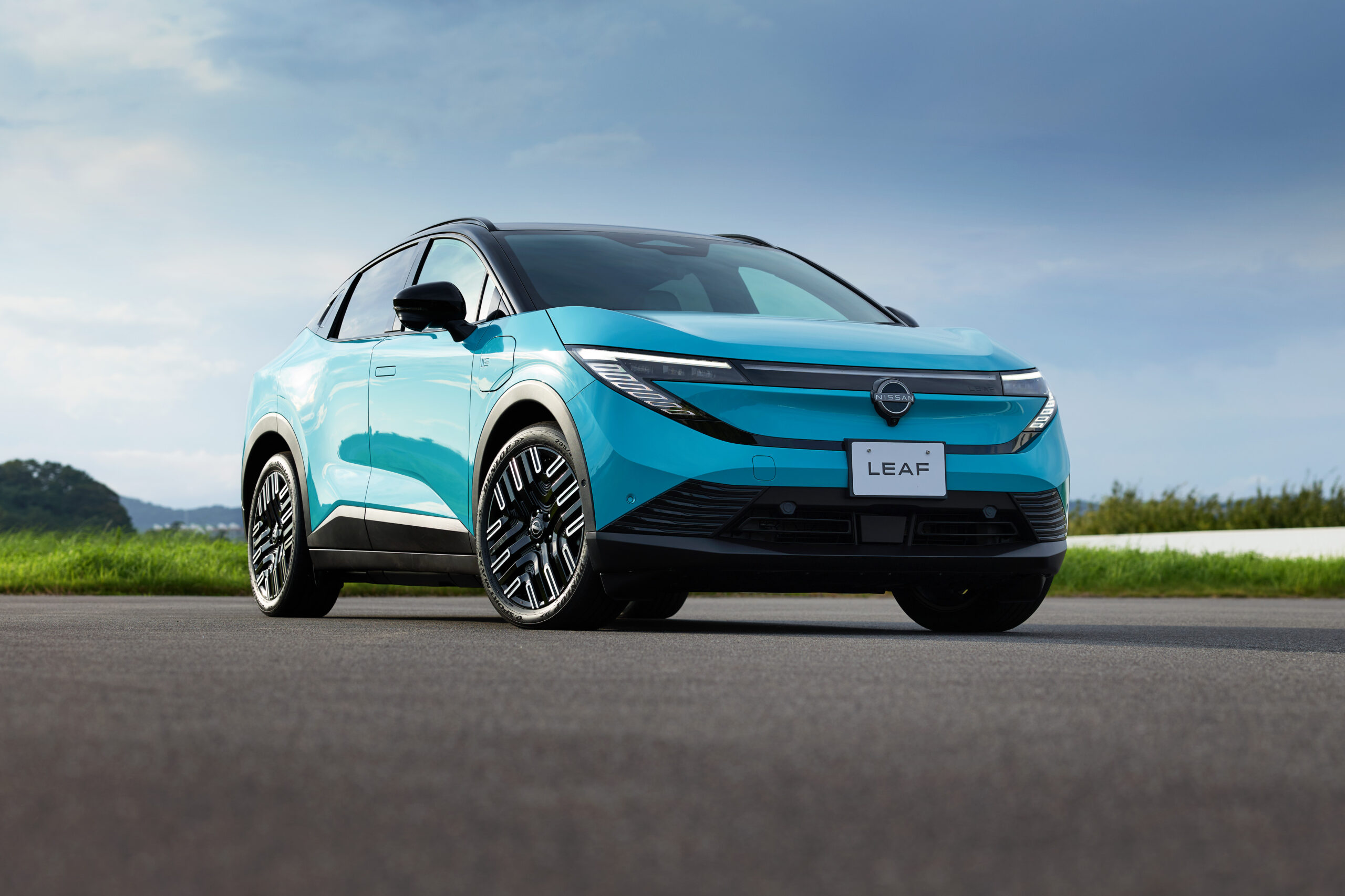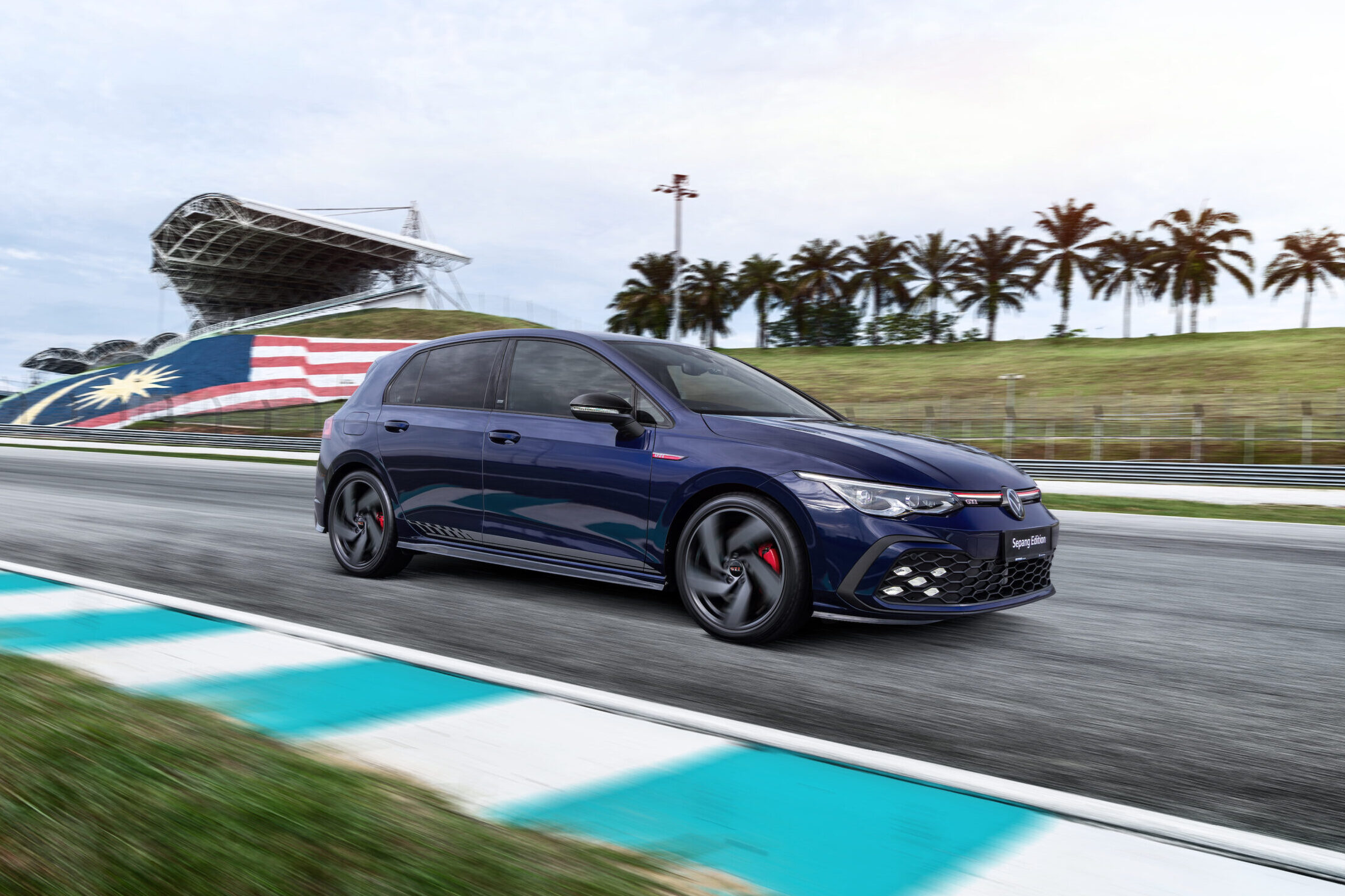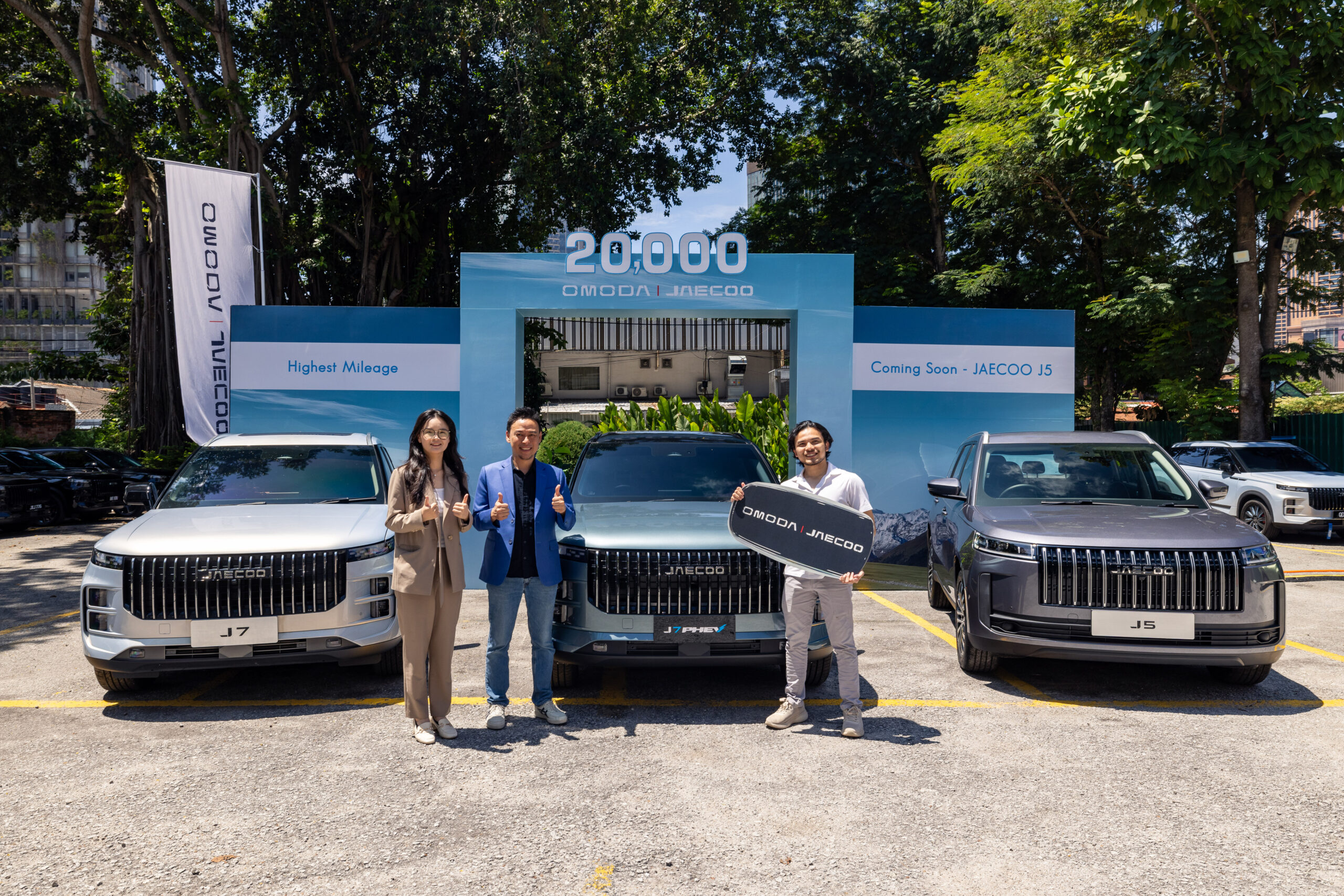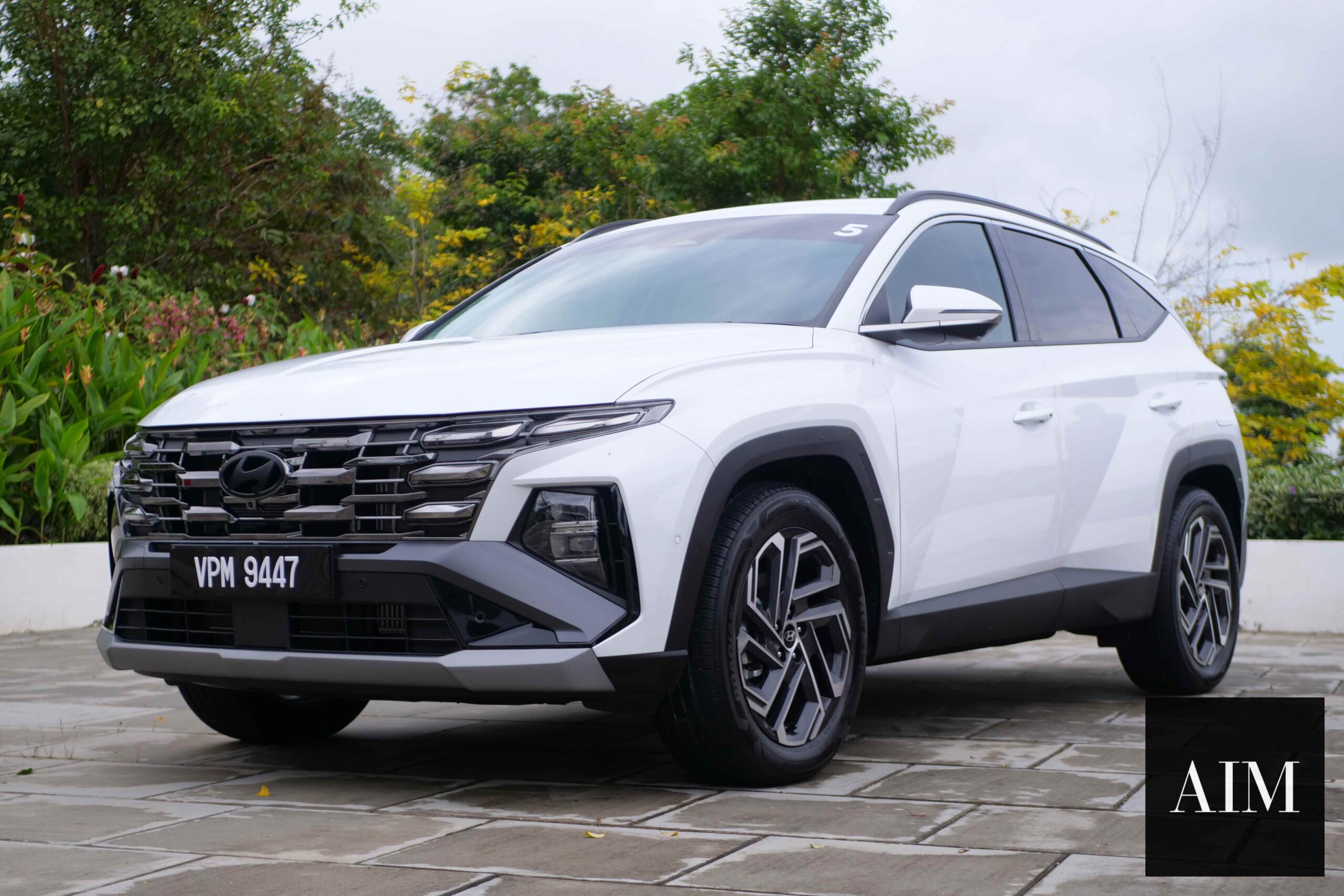
An In-Depth Living Review: The 2025 Hyundai Tucson Hybrid
The compact SUV segment is a fierce battlefield, filled with competent contenders vying for the attention of families and professionals. The Hyundai Tucson has consistently been a strong competitor. For 2025, it doubles down on its formula of radical design and popular hybrid technology.
We embarked on an extensive real-world evaluation to move beyond the brochure. Our journey spanned from the historical grounds of A’Famosa Resort in Melaka to the serene beaches near Anantara Desaru for a three-day stay with Santa Fe as well. It culminated in the urban jungle of Kuala Lumpur’s Menara TRX. The experience revealed a vehicle with striking strengths and some undeniable compromises. For Santa Fe article blog review, read here
A Comprehensive Examination of the Tucson’s Specifications
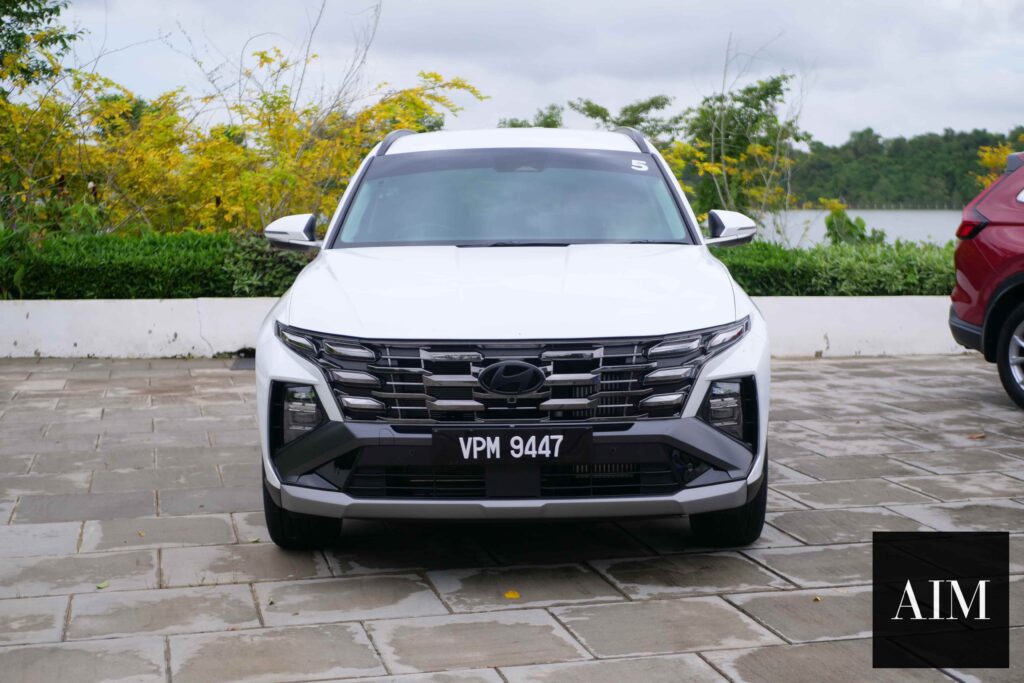
The 2025 Hyundai Tucson presents a compelling technical package designed for a wide array of buyers. Prospective owners can choose between two distinct powertrains. The entry point features a 2.0L MPi Atkinson Cycle engine. This gasoline unit produces 156 horsepower at 6,200 rpm and 192 Nm of torque at 4,500 rpm. Hyundai pairs this engine with a smooth-shifting 6-speed automatic transmission that sends power to the front wheels.
The star of our test was the Smartstream G1.6 T-GDi Hybrid model. This sophisticated powertrain combines a turbocharged 1.6-liter gasoline engine with an electric motor and a lithium-ion polymer battery. The combustion engine alone generates 180 PS and 265 Nm of torque. However, the combined system output delivers a robust 230 PS with a substantial 350 Nm of torque. A 6-speed automatic hybrid transmission manages this potent force, providing a traditional driving feel compared to some rivals.
The Tucson’s dimensions firmly place it in the mid-size SUV category. It stretches 4,630 millimeters long, spans 1,865 millimeters wide, and stands 1,665 millimeters tall. These proportions sit on a long 2,755-millimeter wheelbase, which maximizes interior cabin space. For practicality, the vehicle offers 181 mm of ground clearance and a generous 583-liter boot. Its 54-liter fuel tank strongly supports its long-range claims.
Externally, the Tucson embraces Hyundai’s avant-garde ‘Parametric Dynamics’ design philosophy. Its most striking feature is the Parametric Jewel Pattern grille. This design seamlessly integrates the Parametric Hidden Lights. These LED Daytime Running Lights disappear into the grille’s mesh when off, creating a unique and futuristic front end. The vehicle also features full LED headlights, bold wheel arches with 17 or 18-inch alloy wheels, and available two-tone roof colours.
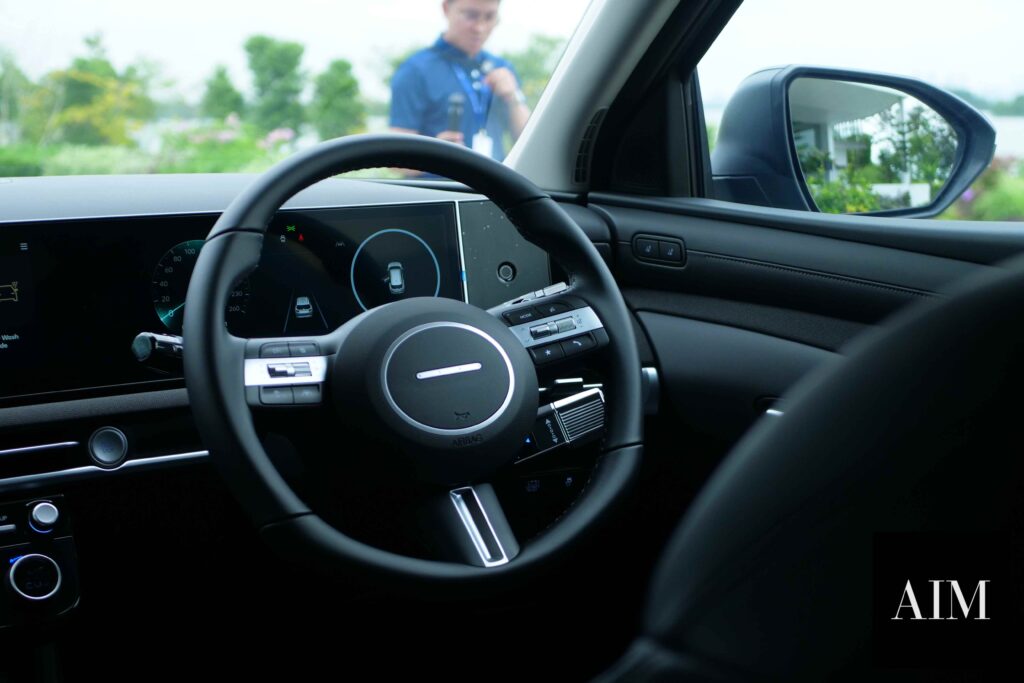
Inside, the cabin operates as a “Hi-Tech Lounge.” A panoramic curved display serves as the centerpiece, seamlessly merging a 10.25-inch digital cluster with a 10.25-inch touchscreen. This system supports wireless Apple CarPlay and Android Auto. The interior also includes dual-zone automatic climate control, a wireless smartphone charger, and a shift-by-wire transmission selector. The “Luxury” variant adds significant opulence with a panoramic sunroof, ventilated front seats, an 8-way power driver’s seat, and a premium Bose sound system.
For safety, the Hyundai SmartSense suite offers comprehensive protection. This system includes Forward Collision-Avoidance Assist with cyclist detection, Lane Keeping and Following Assist, and Smart Cruise Control with Stop & Go. It also incorporates Blind-Spot Collision-Avoidance Assist, Rear Cross-Traffic Collision-Avoidance Assist, and Safe Exit Warning. Multiple airbags, Vehicle Stability Management, and Hillstart Assist Control come as standard equipment.
The Real-World Driving Impressions: A Journey of Contrasts
Our extended test provided a holistic view of the Tucson Hybrid’s character, from long-haul cruising to daily errands and city navigation.
The Powertrain and Efficiency: A Masterclass in Range
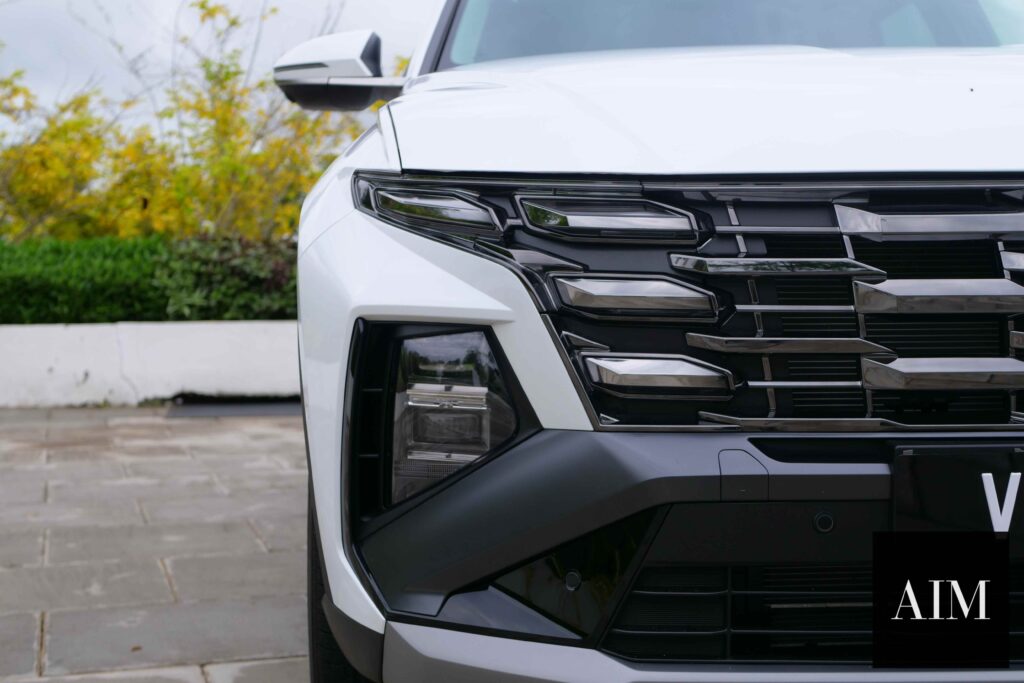
The hybrid system proved to be the Tucson’s greatest engineering achievement. Transitions between electric and gasoline power are generally seamless. The readily available 350 Nm of torque provides confident acceleration for highway merging. The conventional 6-speed automatic transmission delivers quick, decisive shifts, avoiding the rubber-band effect of some CVT hybrids. Most impressively, the vehicle’s fuel efficiency translated into an exceptional real-world driving range. The 54-liter tank and hybrid system meant we completed the long stretch from Melaka to Desaru, plus days of local driving, without any fuel anxiety. This vehicle clearly minimizes pit stops on a cross-country tour.
Design, Interior, and Ergonomics: The Undisputed High Points
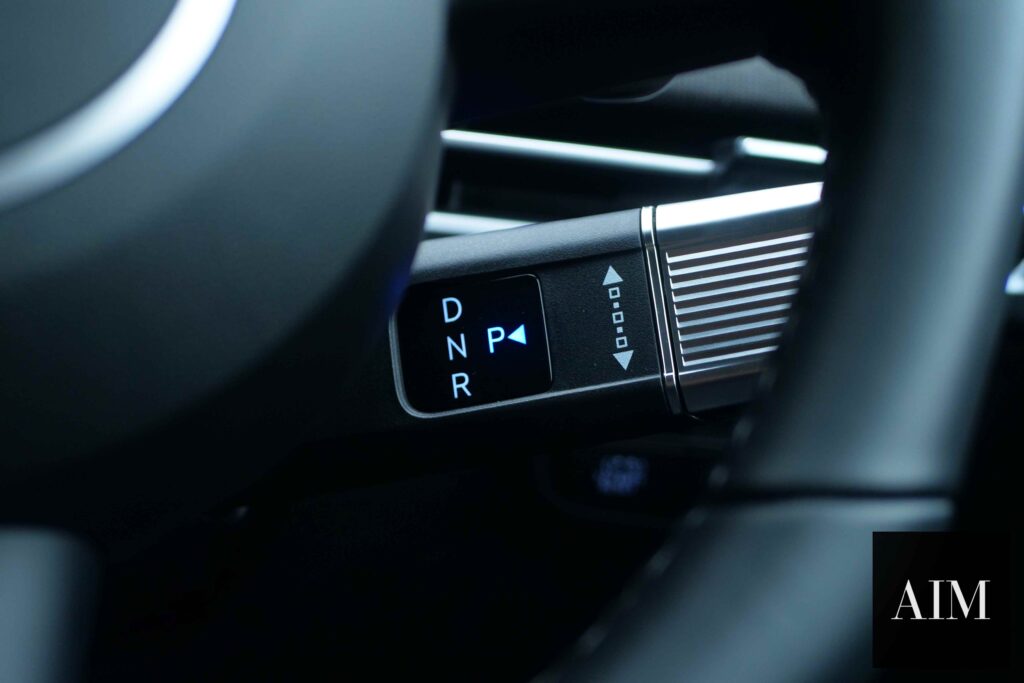
The Tucson truly captivates with its aesthetic execution. Its exterior design is breathtaking; the Parametric Grille and hidden lights create a dramatic front-end that stands apart from conservative rivals. This design flair continues inside the cabin. The panoramic curved display creates a clean, modern, and genuinely high-tech environment. Ergonomics are superb, with intuitively placed physical controls for climate and volume. A particular highlight was the steering wheel; its rugged, substantial design provides an excellent grip and a satisfying sense of connection.
Ride Comfort and Refinement: The Area for Improvement
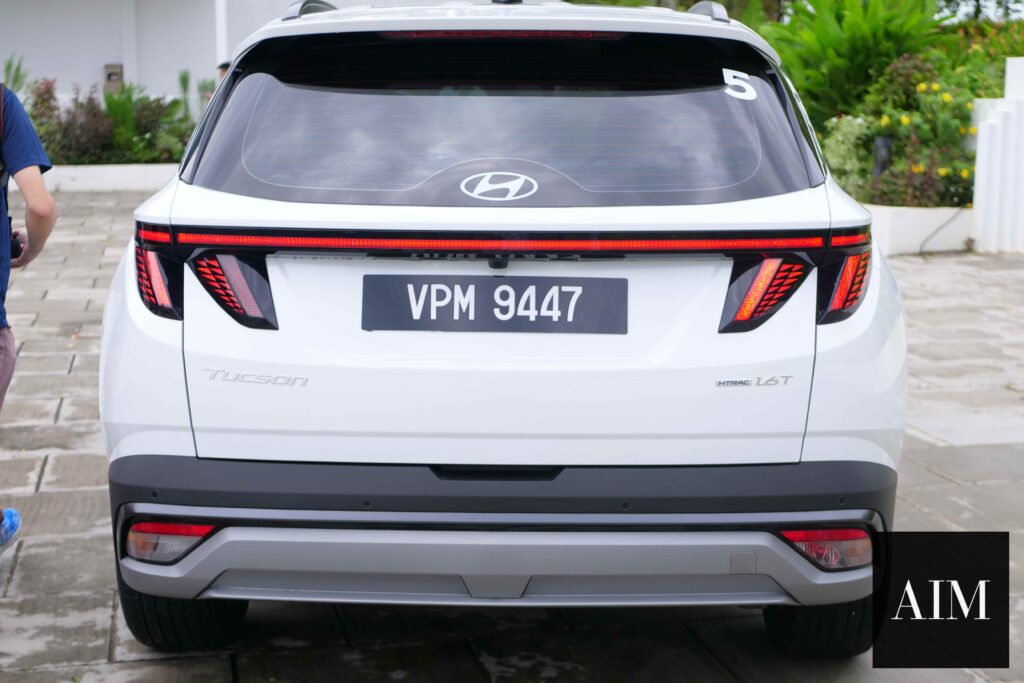
This is where the Tucson presented its most significant drawbacks. The suspension tuning, particularly over patchy Malaysian roads, felt too firm. It transmitted many small shocks and vibrations into the cabin, feeling busy and occasionally harsh. The front seats compounded this issue; I found them too stiff, offering insufficient long-distance cushioning. After a few hours behind the wheel, the firm ride and firm seats became a noticeable combination.
However, the Tucson performed admirably in noise suppression. The cabin remains impressively insulated from wind and tire roar at legal highway speeds. Only when pushing past 150 km/h does wind noise become a clear factor. Since sustained driving at such velocities is uncommon, this refinement at normal cruising speeds is a significant mark in its favor.
The Final Verdict: A Beautiful and Efficient, Yet Firm, Companion
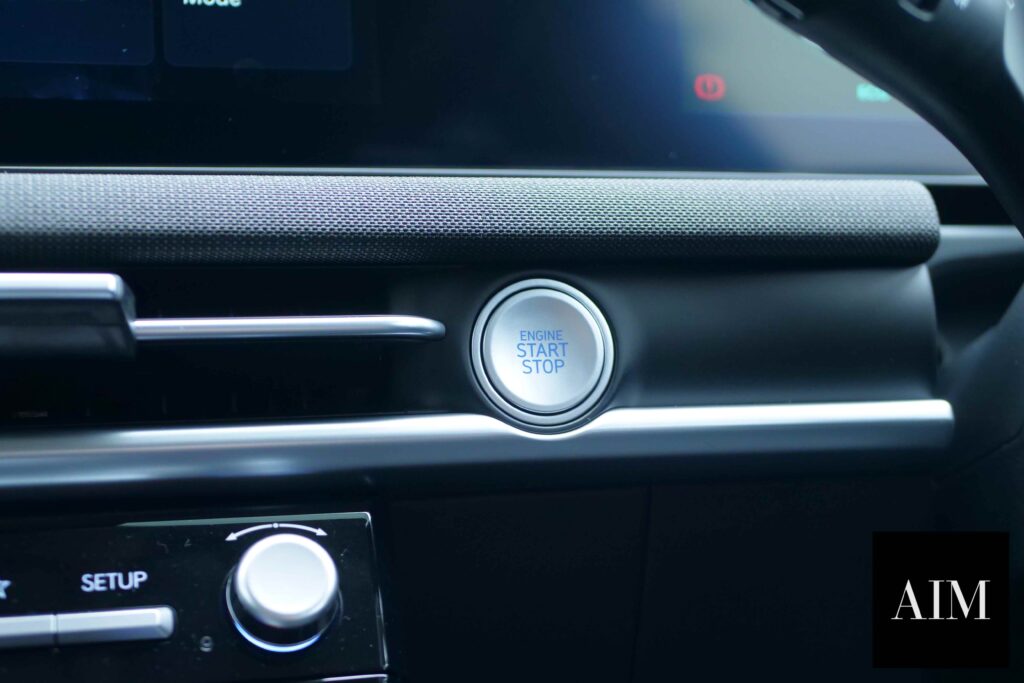
The 2025 Hyundai Tucson Hybrid is a vehicle of compelling contrasts. It boasts one of the most daring and beautiful designs in its class. Its interior successfully mimics the high-tech feel of far more expensive vehicles. The hybrid powertrain is a masterpiece of efficiency, delivering strong power and a driving range that inspires confidence on long journeys.
However, its appeal is tempered by a ride quality that lacks the pliancy of key competitors. The firm suspension and seats mean that comfort is the trade-off for its style and efficiency. Therefore, if you prioritize head-turning aesthetics, a cutting-edge interior, and phenomenal fuel range, the Tucson Hybrid presents an incredibly compelling package. Conversely, if your daily commute involves challenging road surfaces and you value a plush ride above all else, the Tucson’s specific compromises might give you pause. It is a very good car with world-class strengths, but its firm character prevents it from achieving universal appeal.

